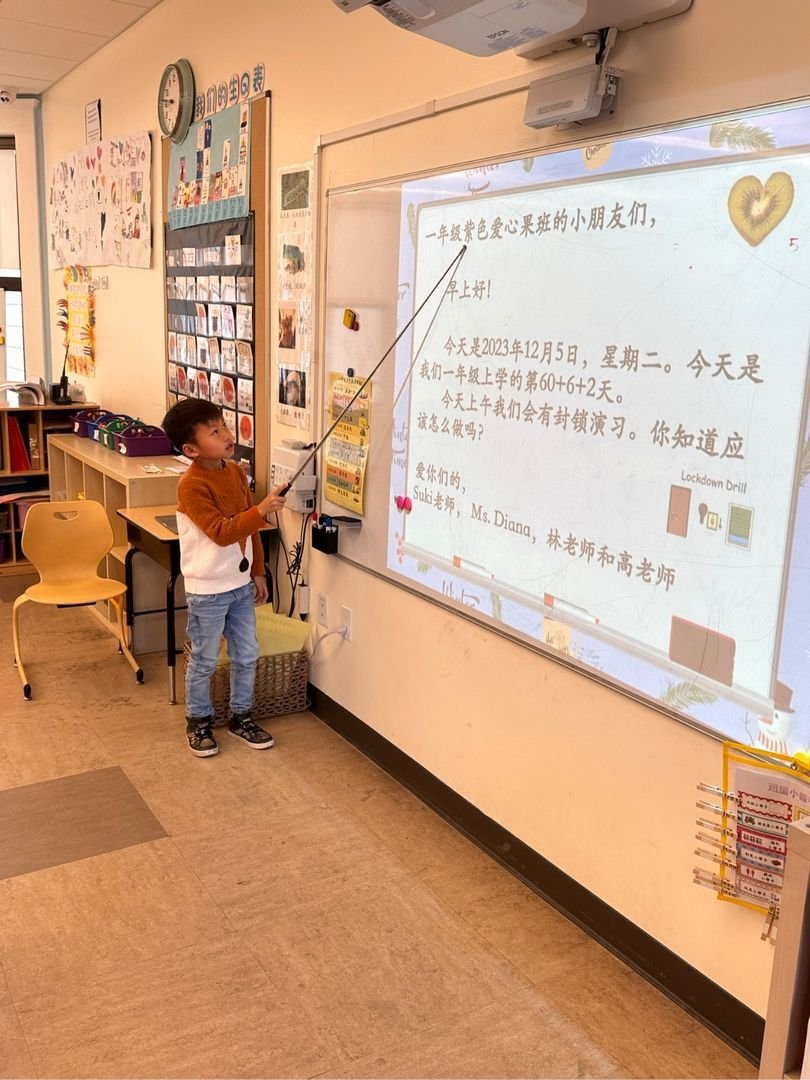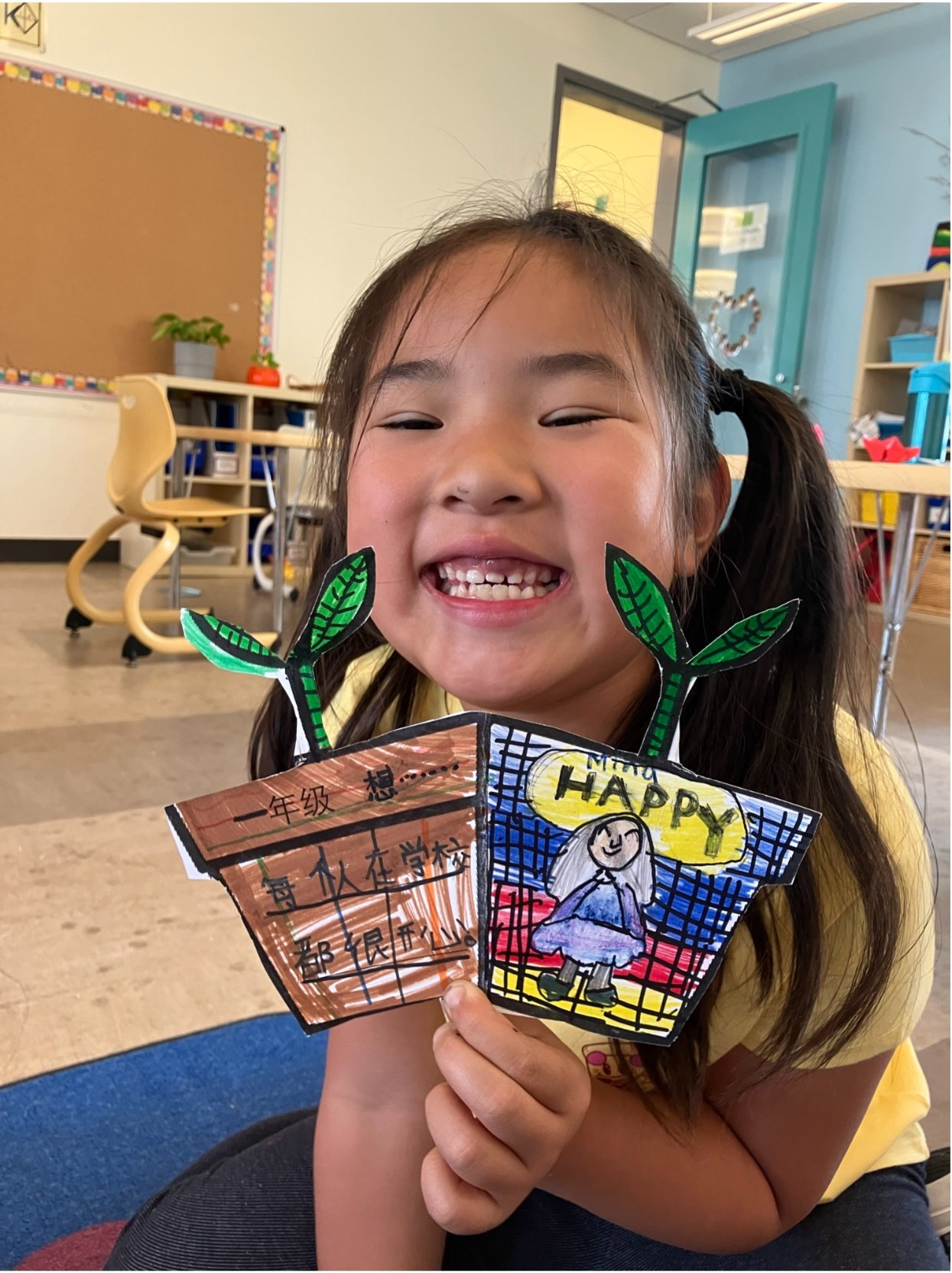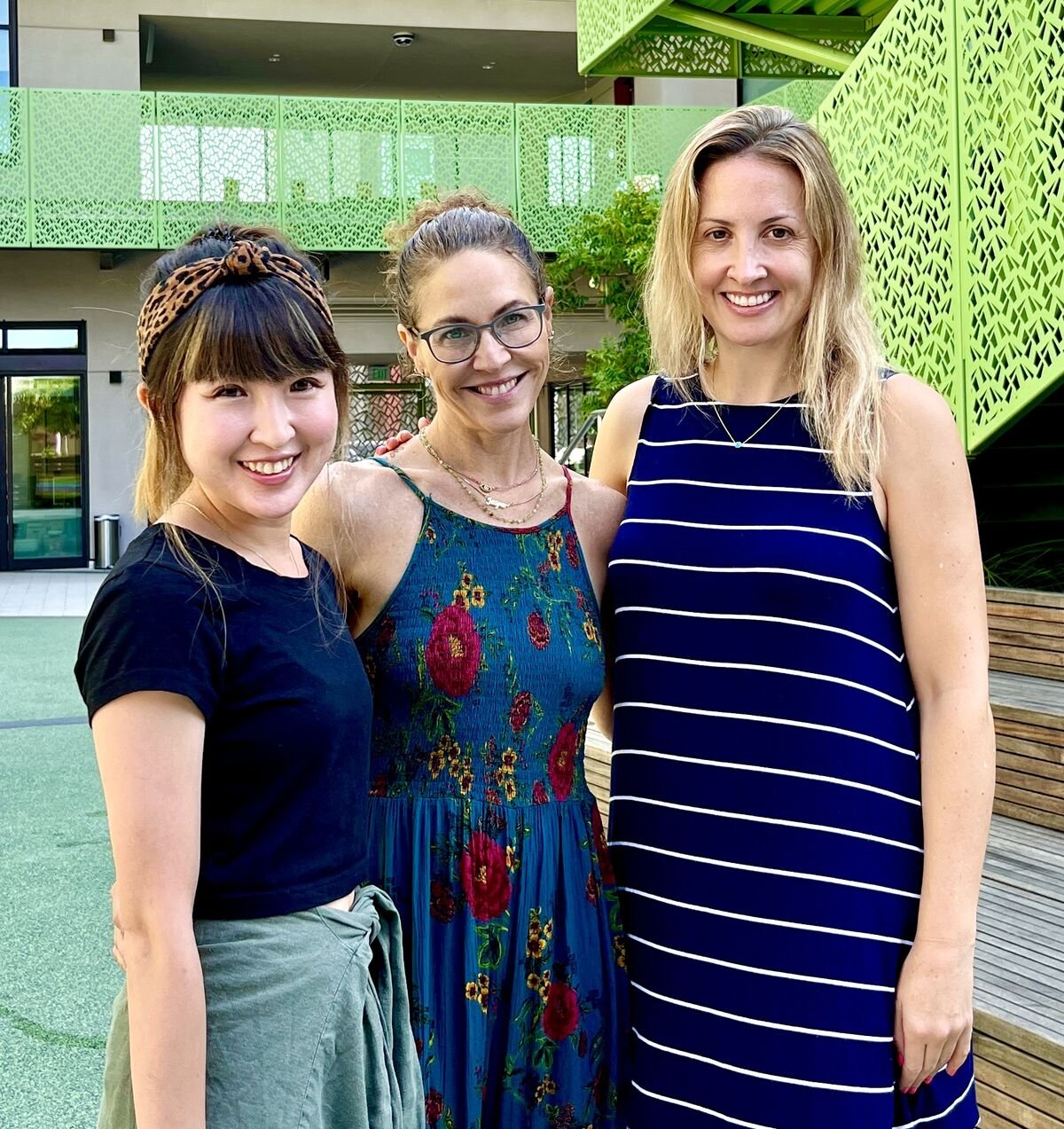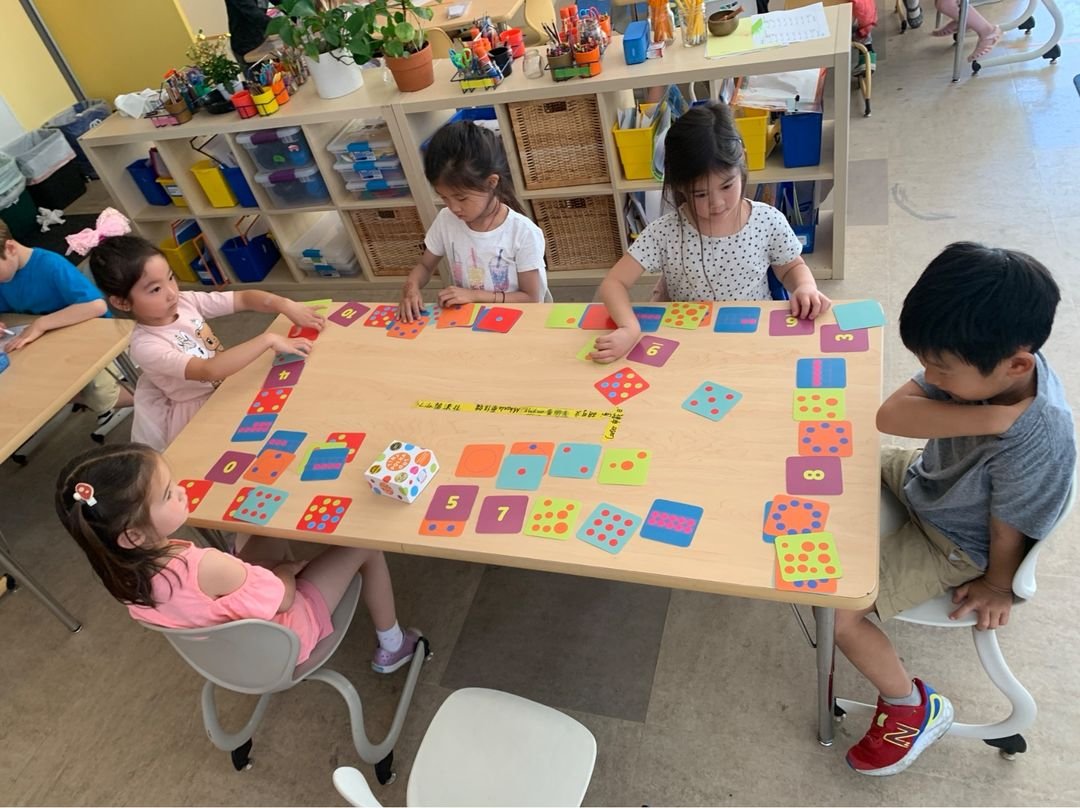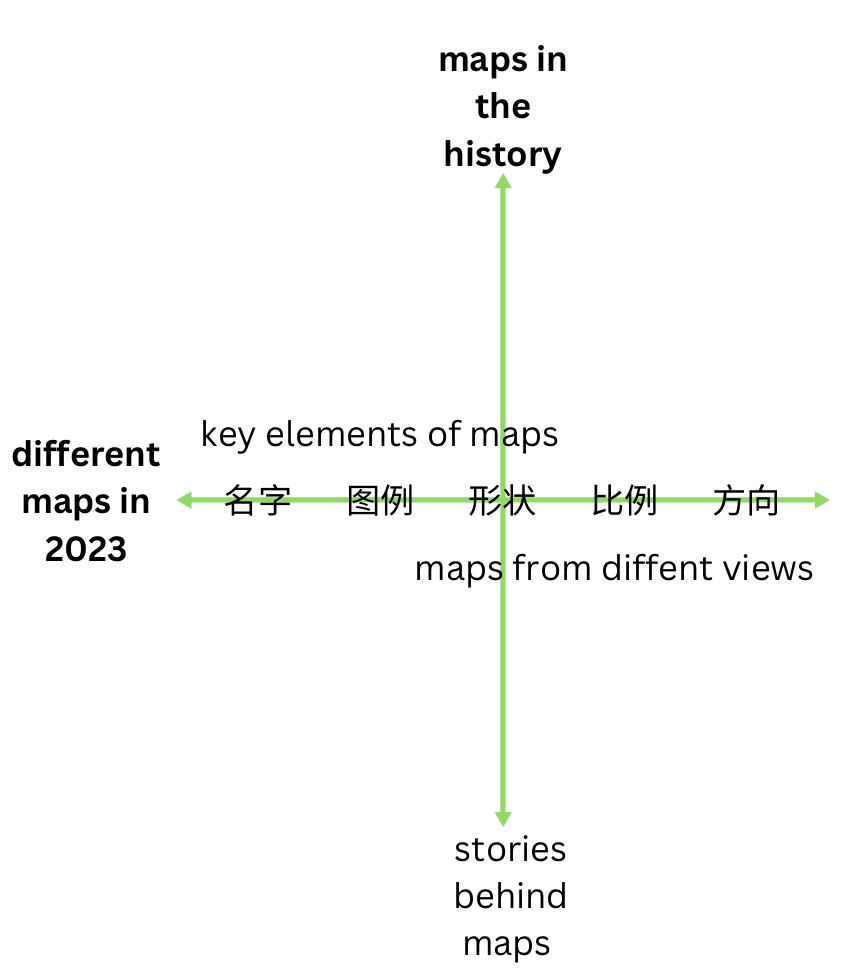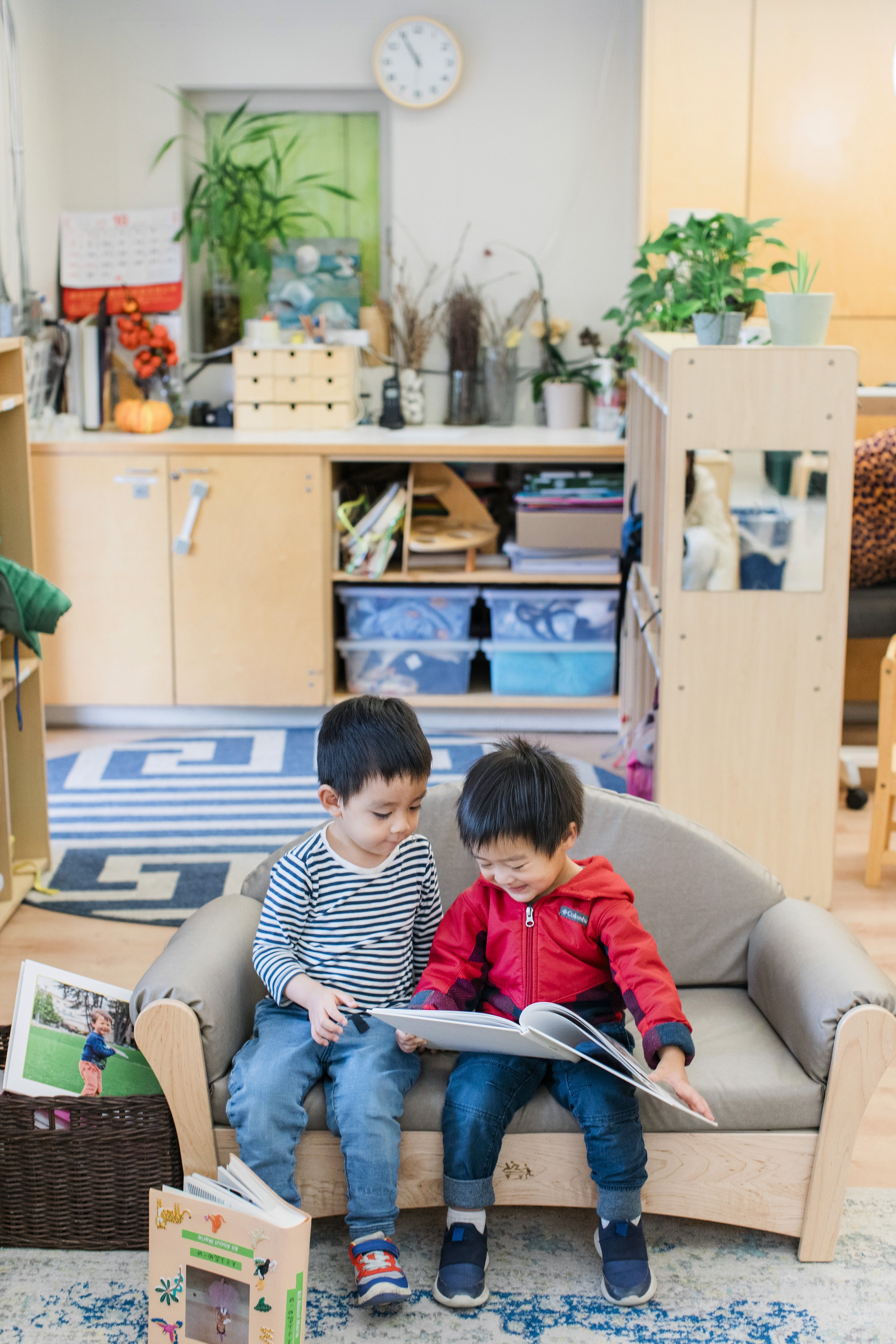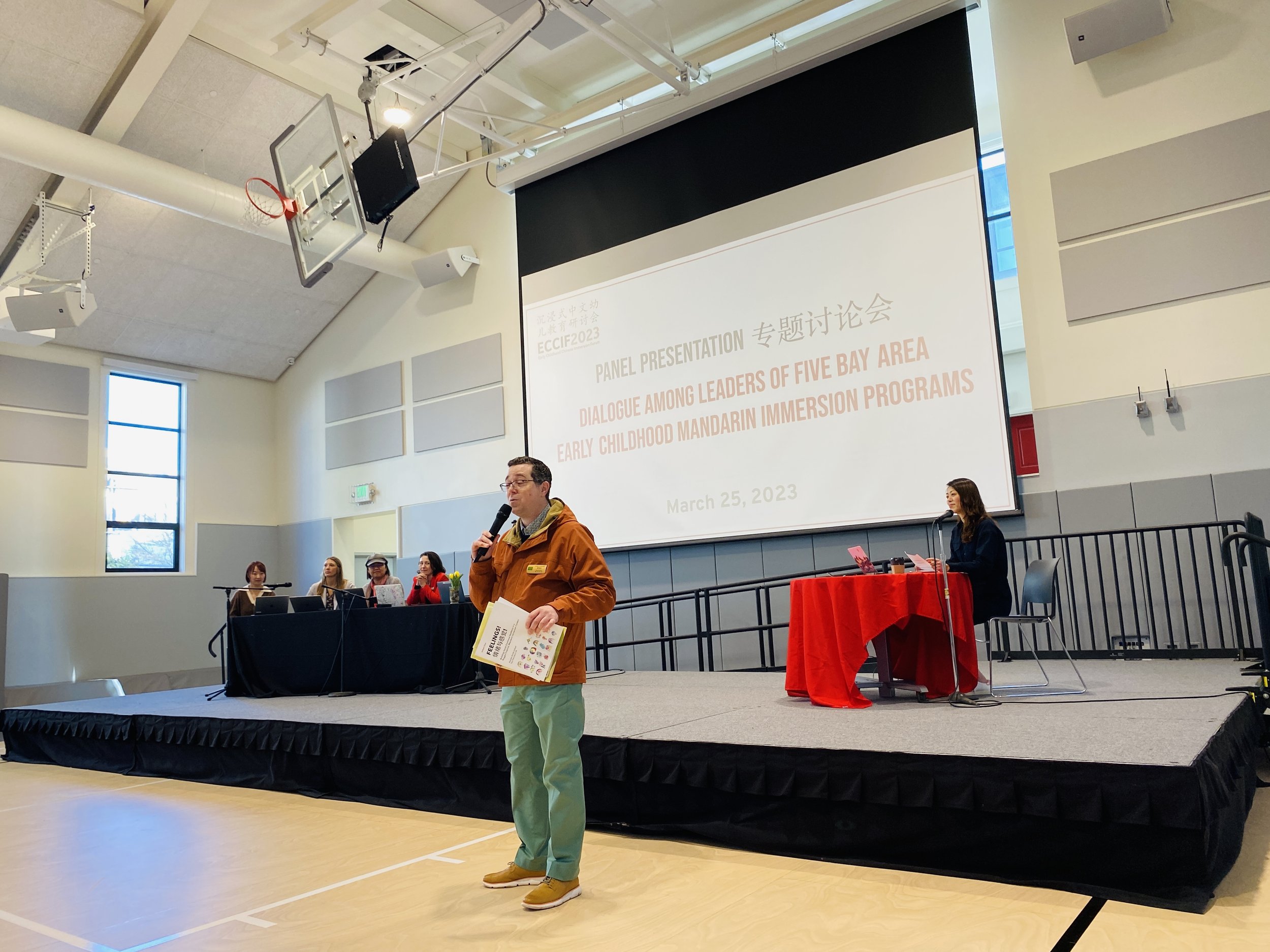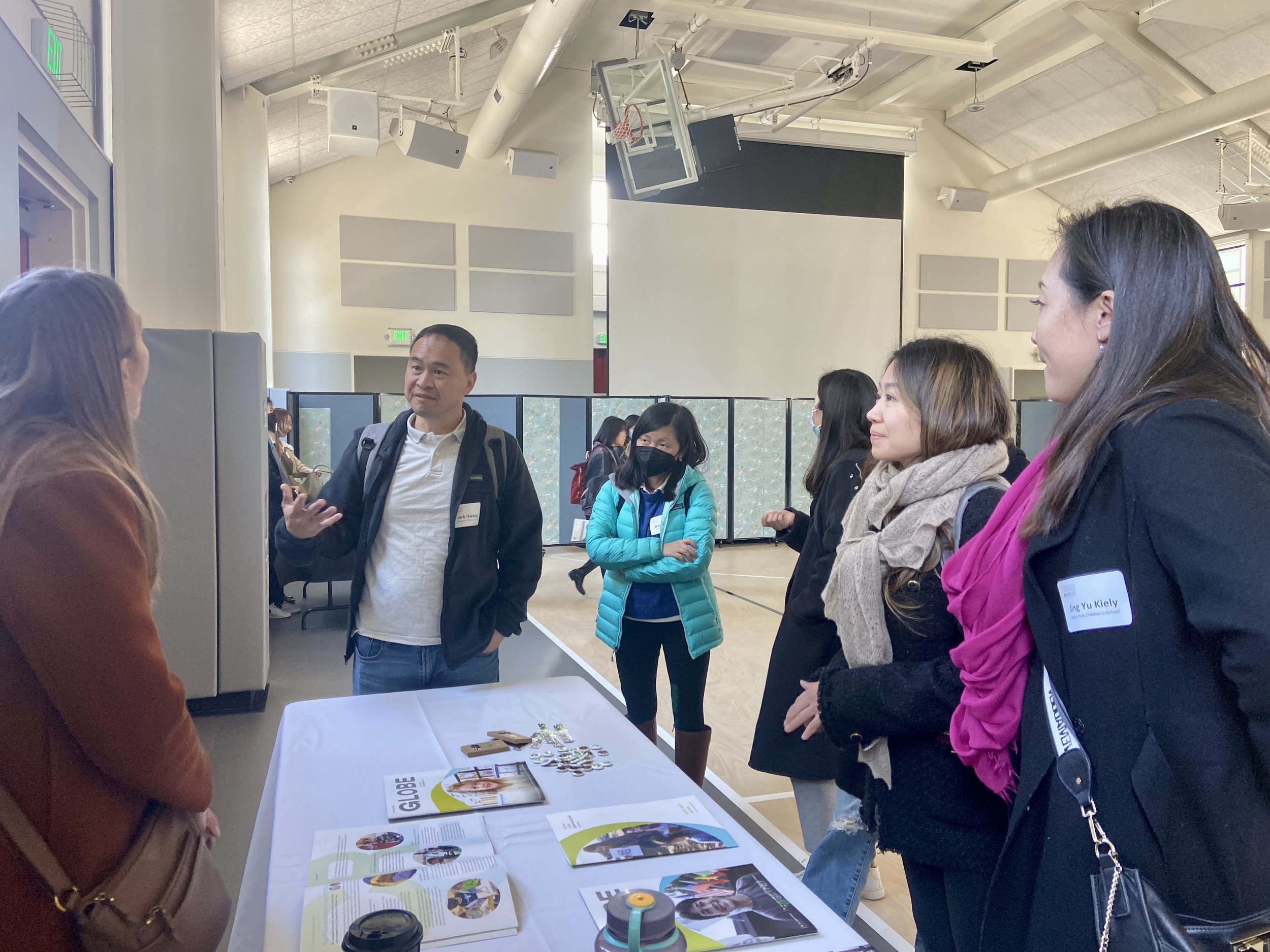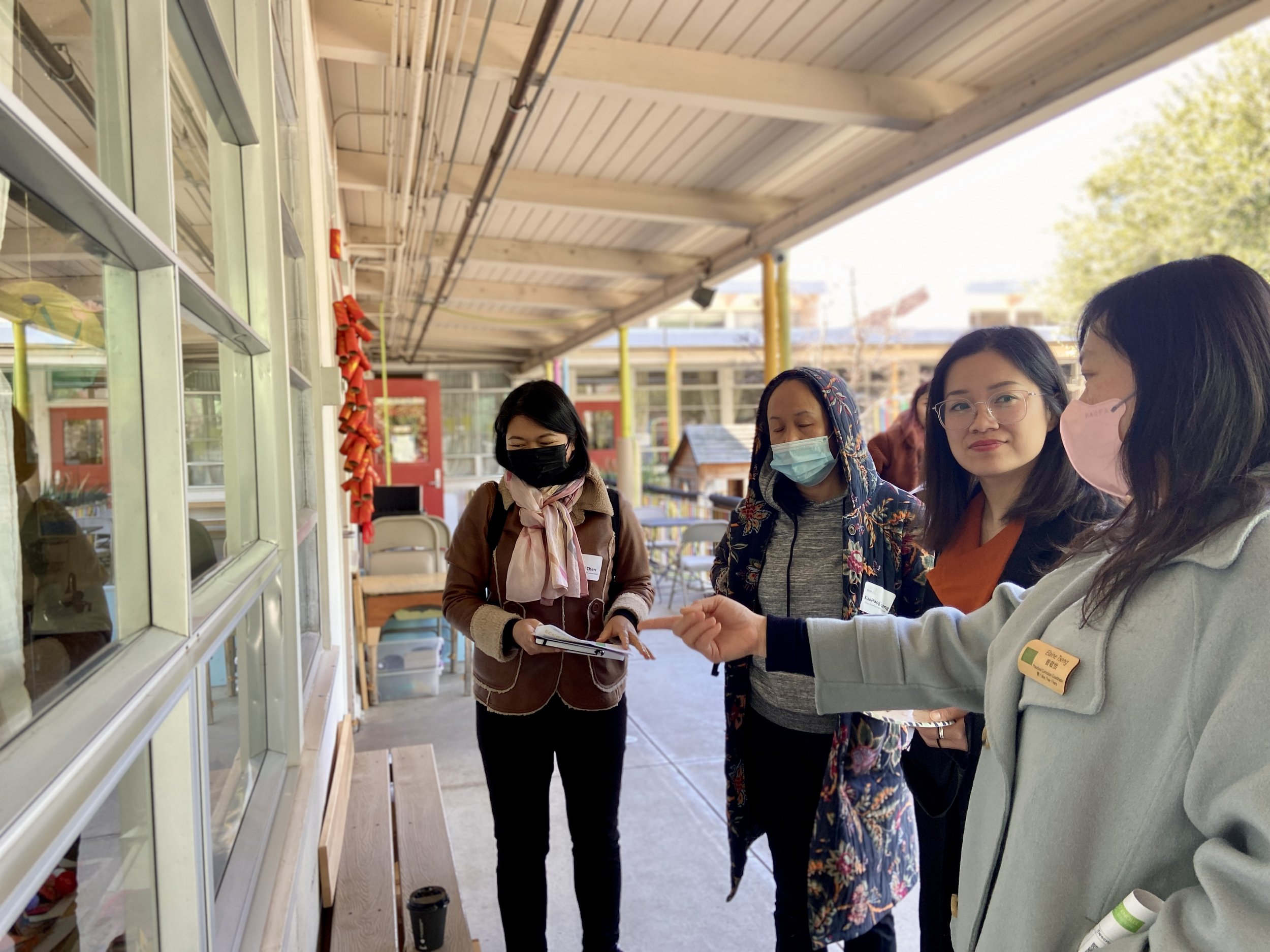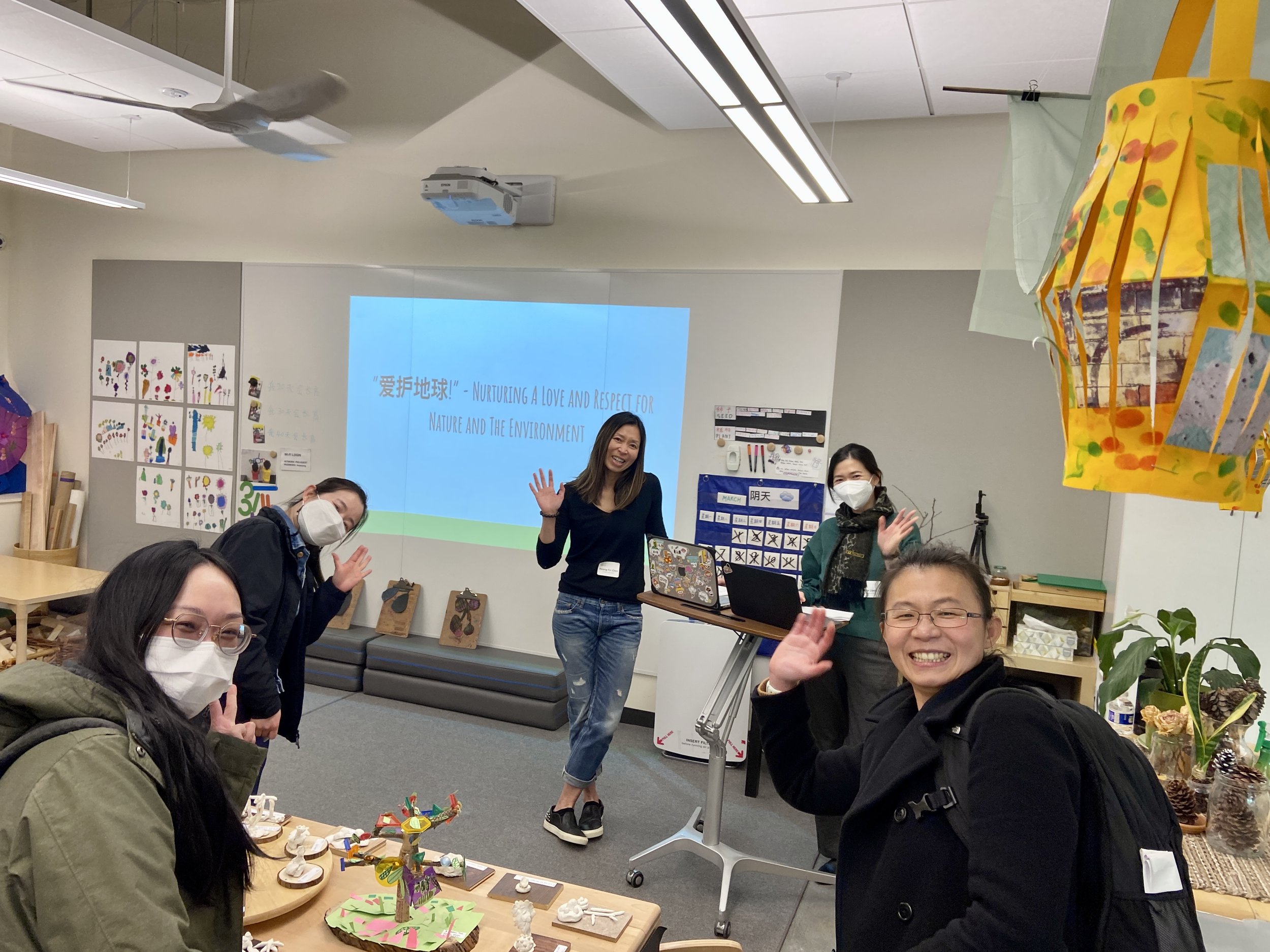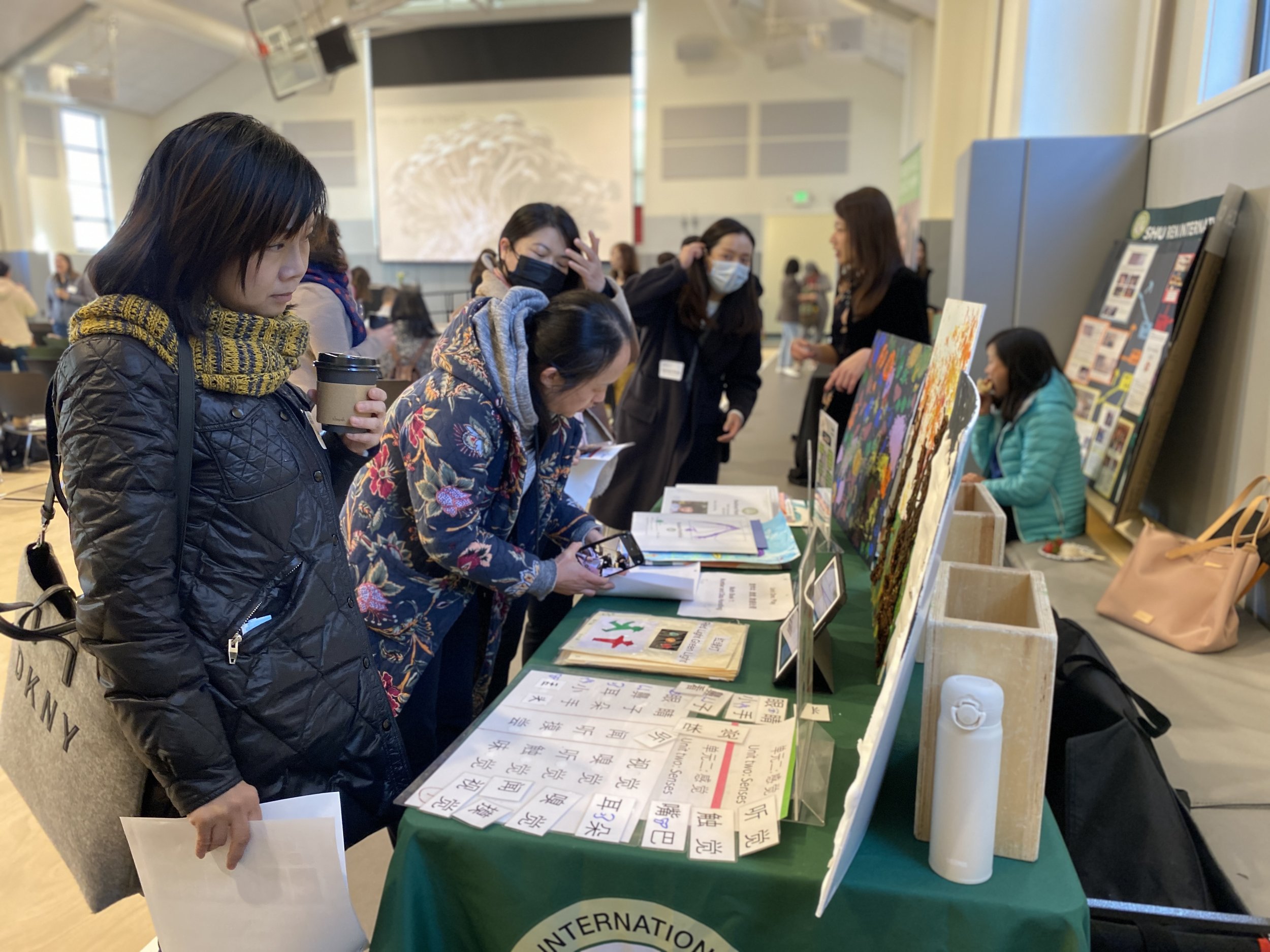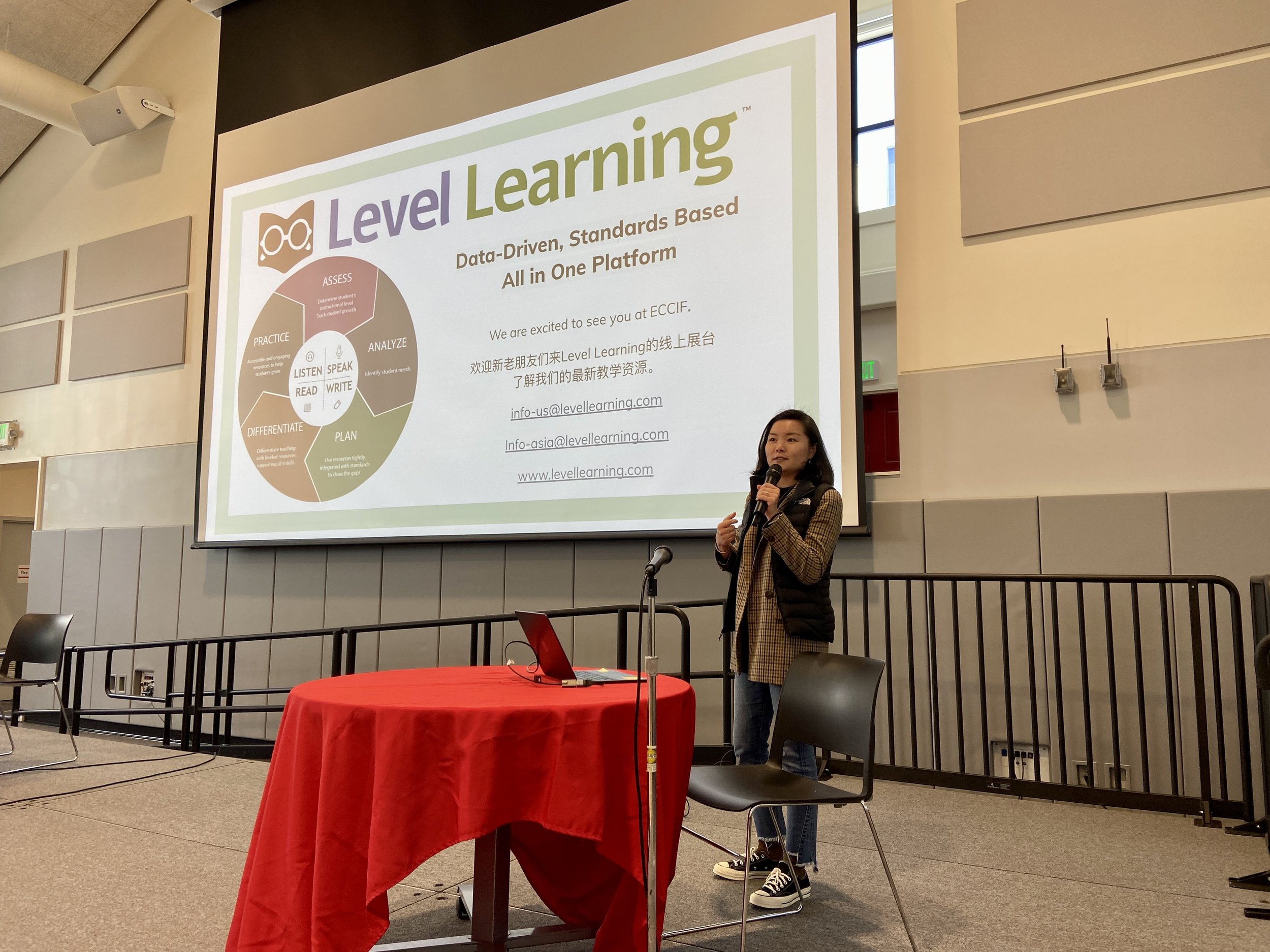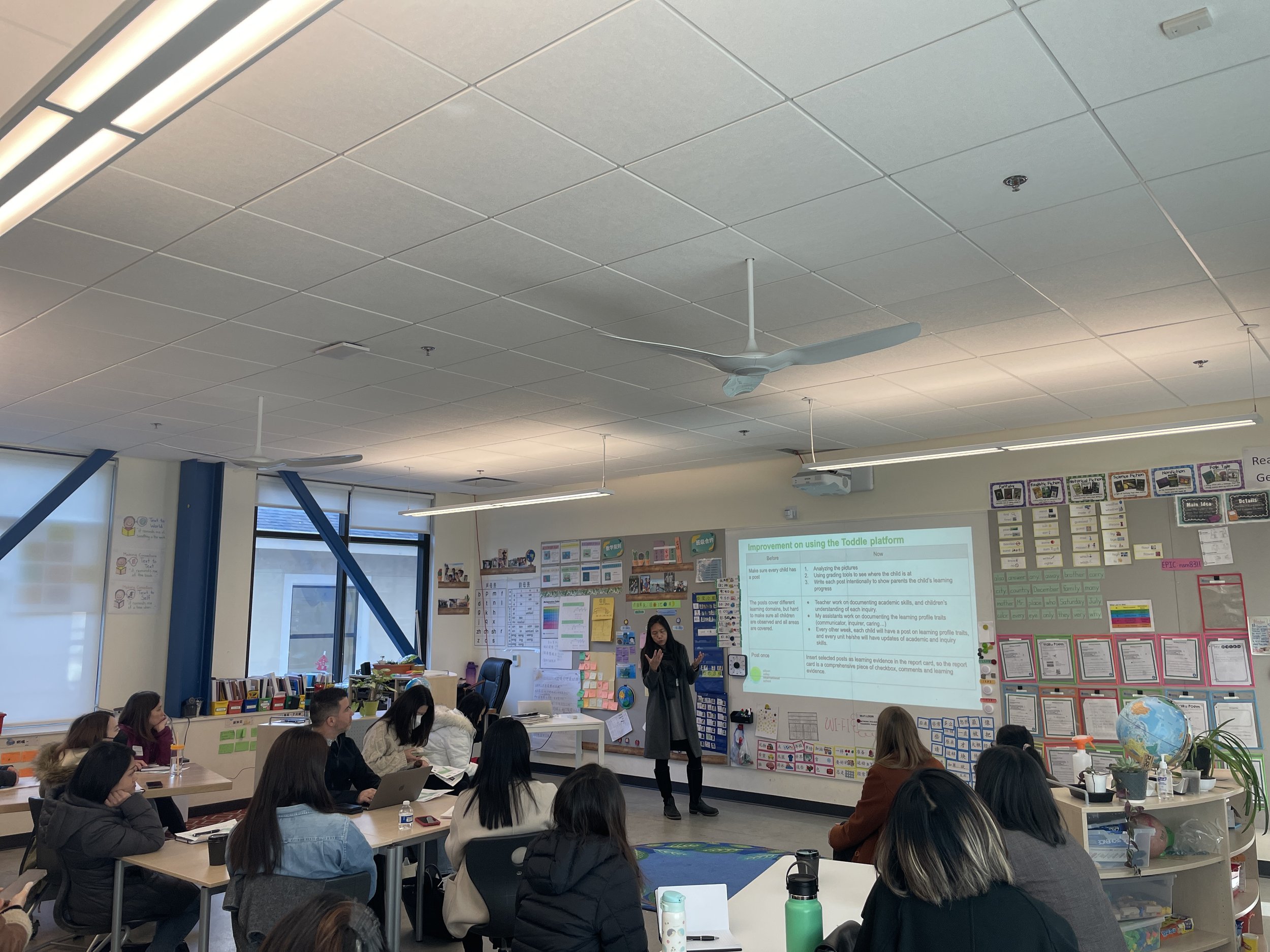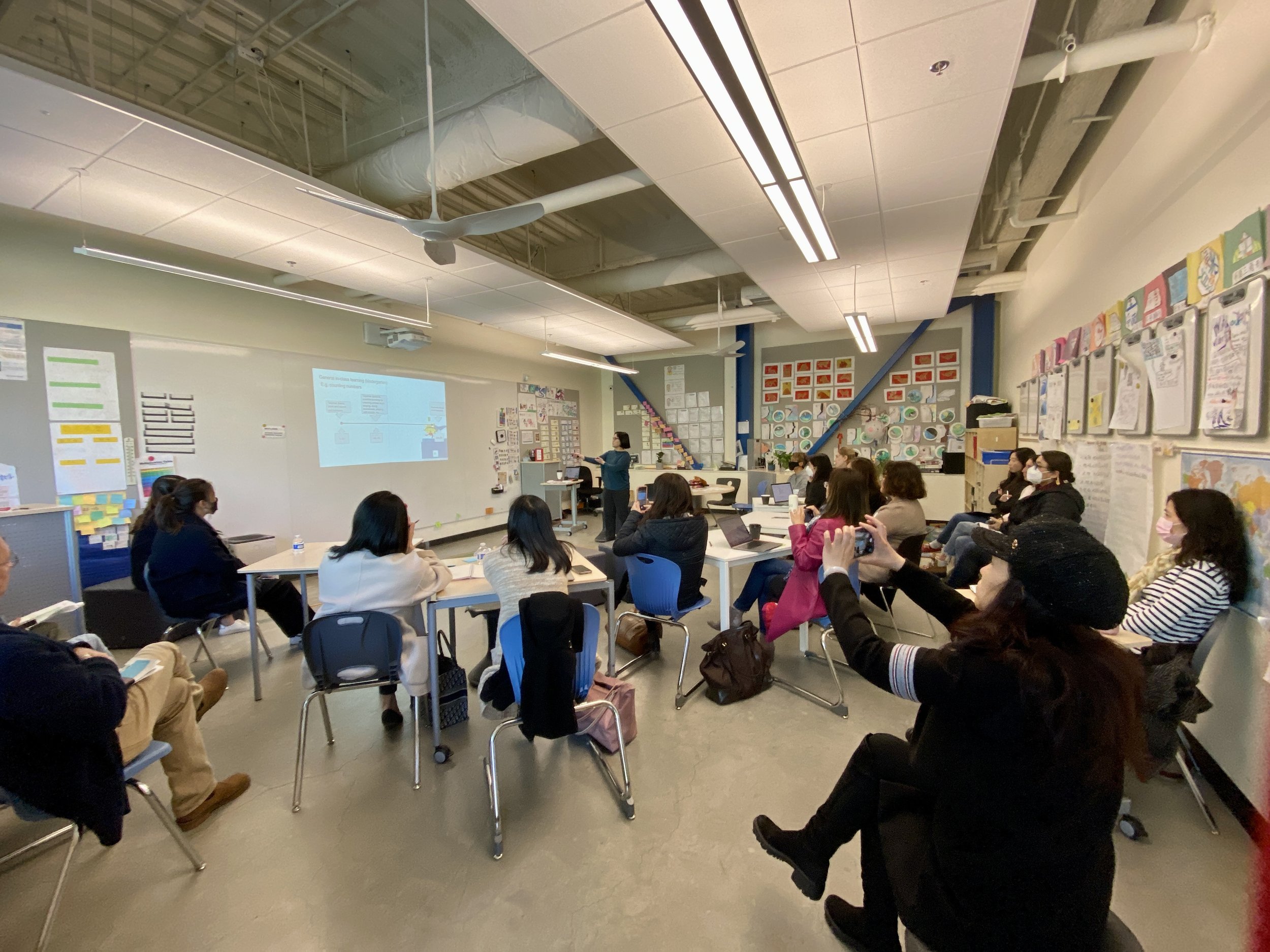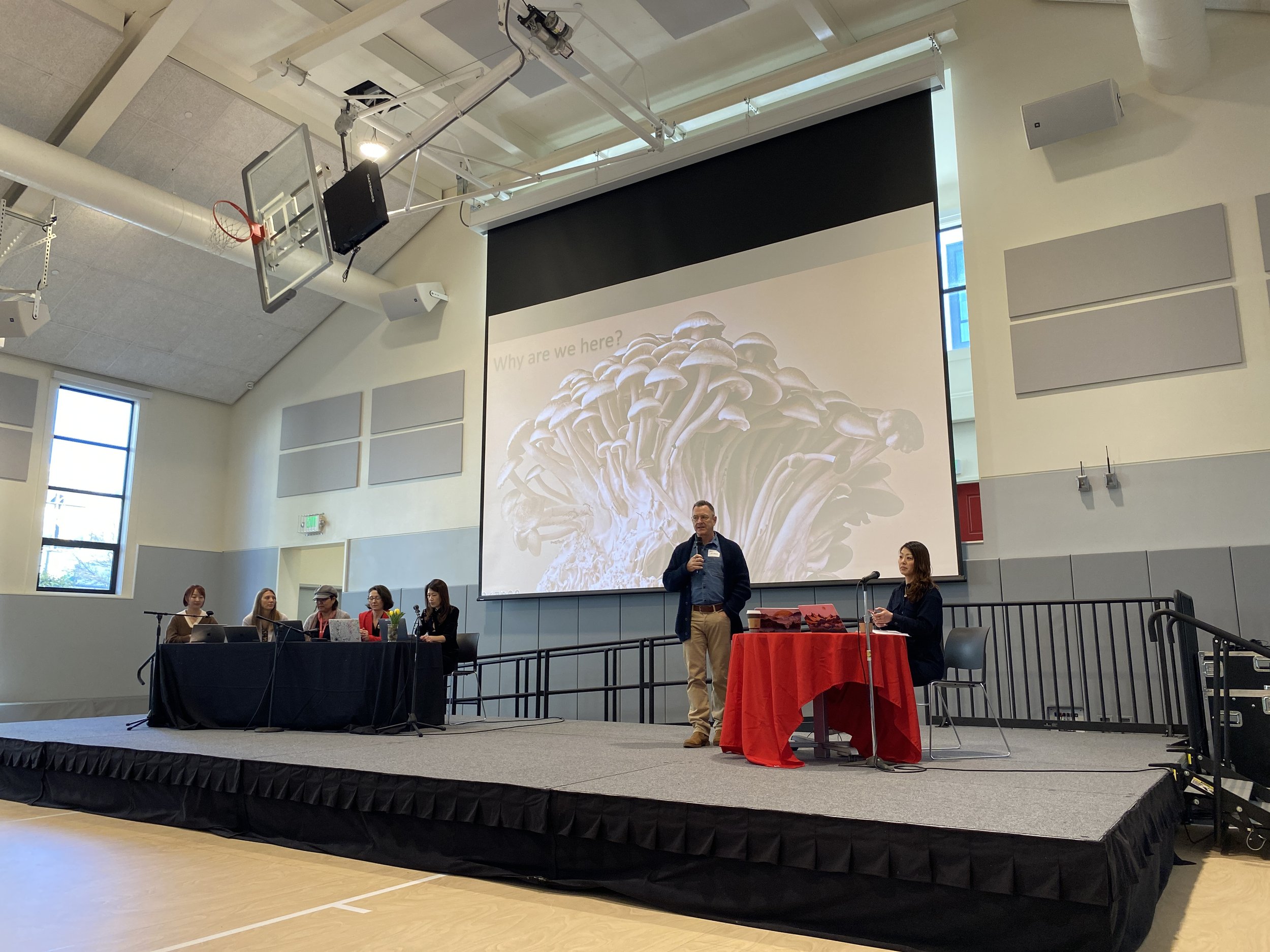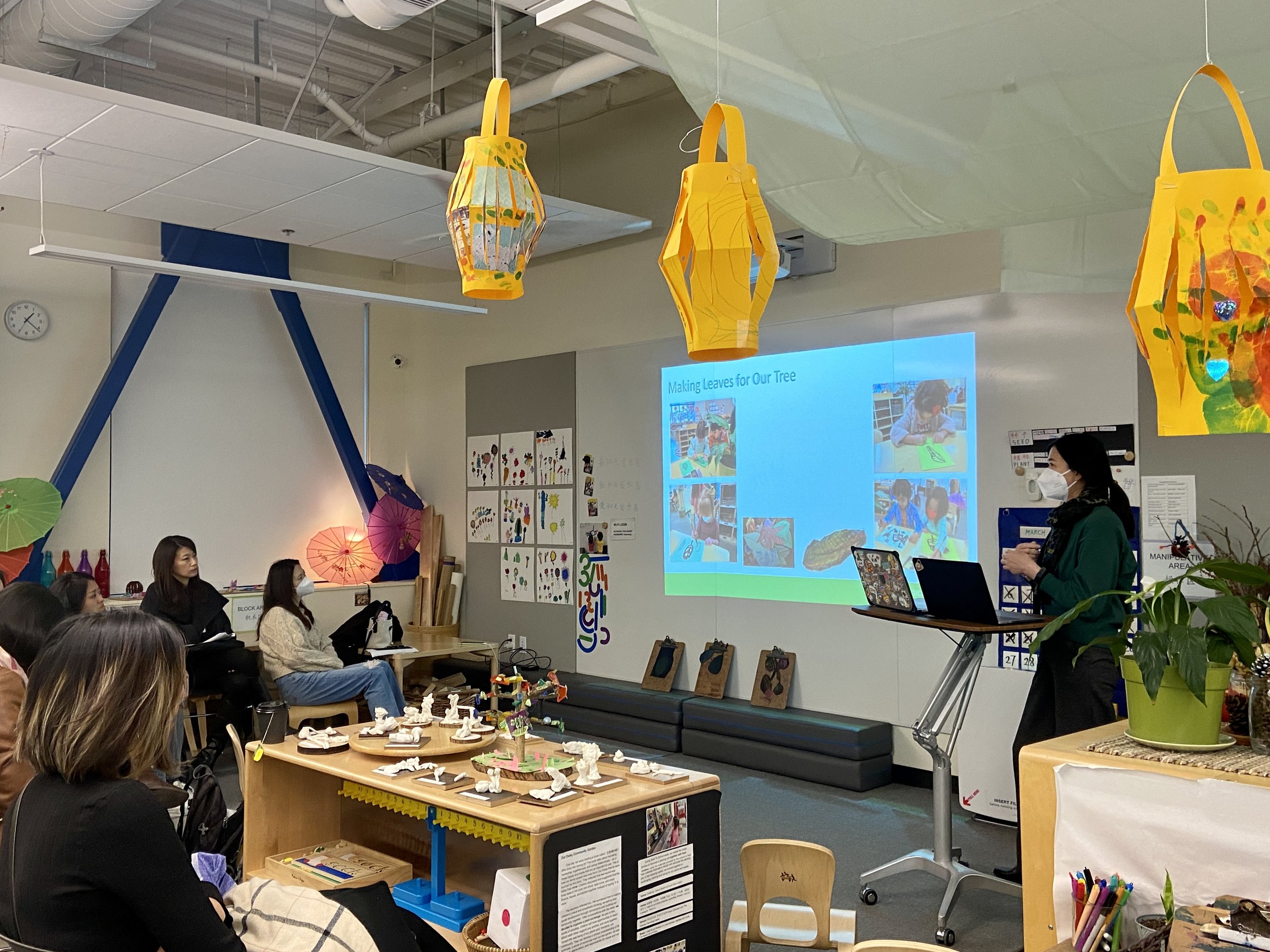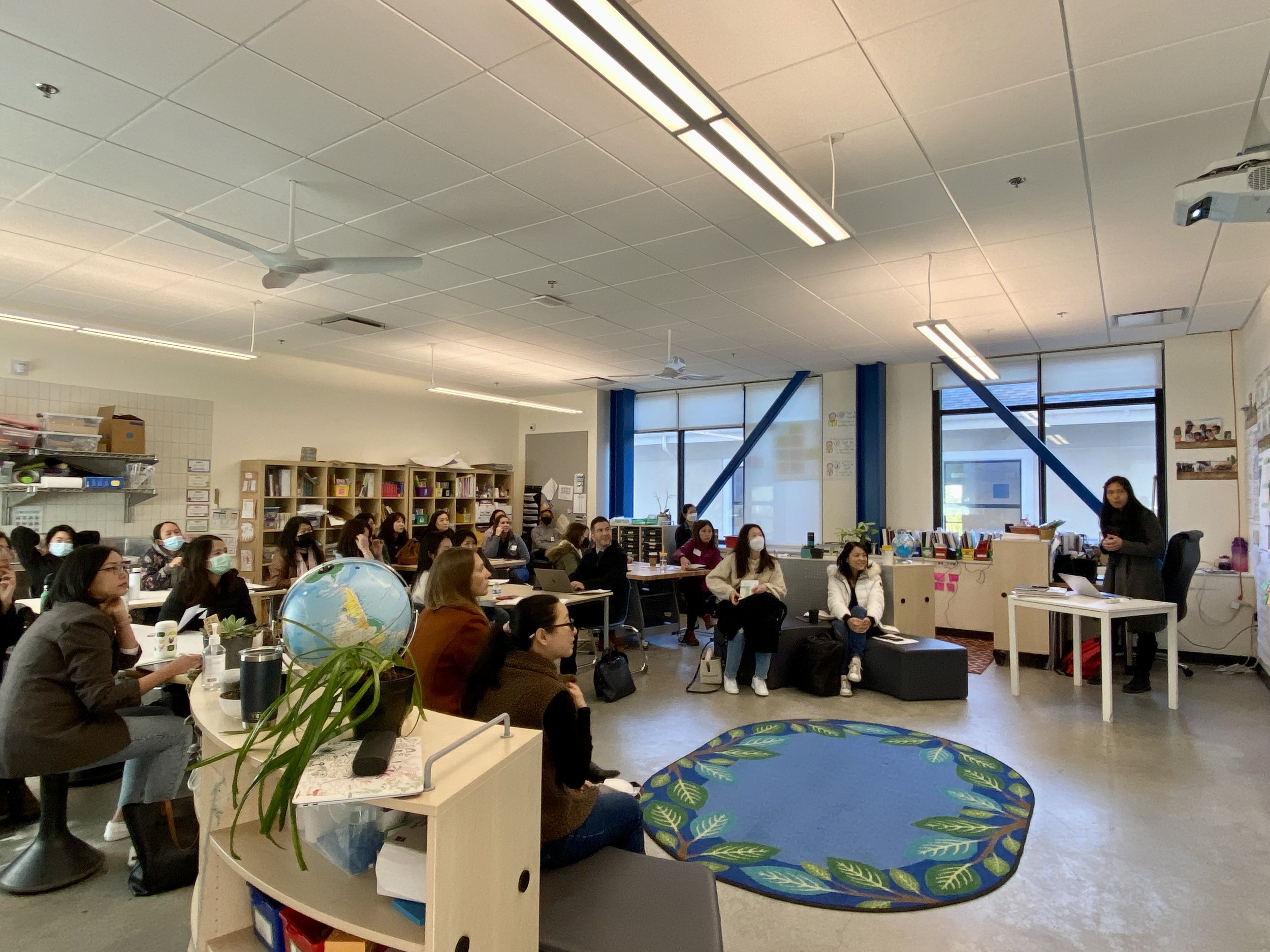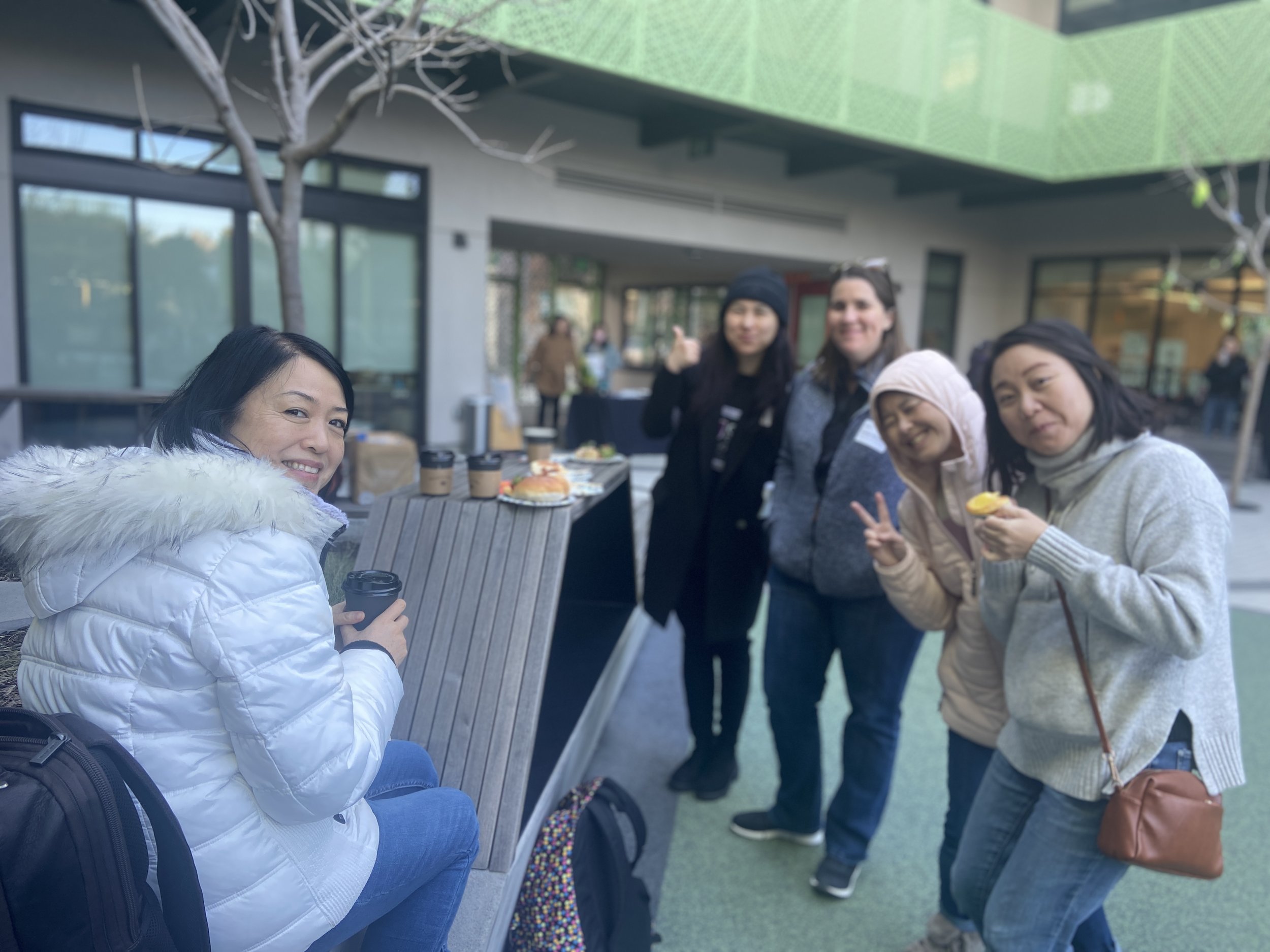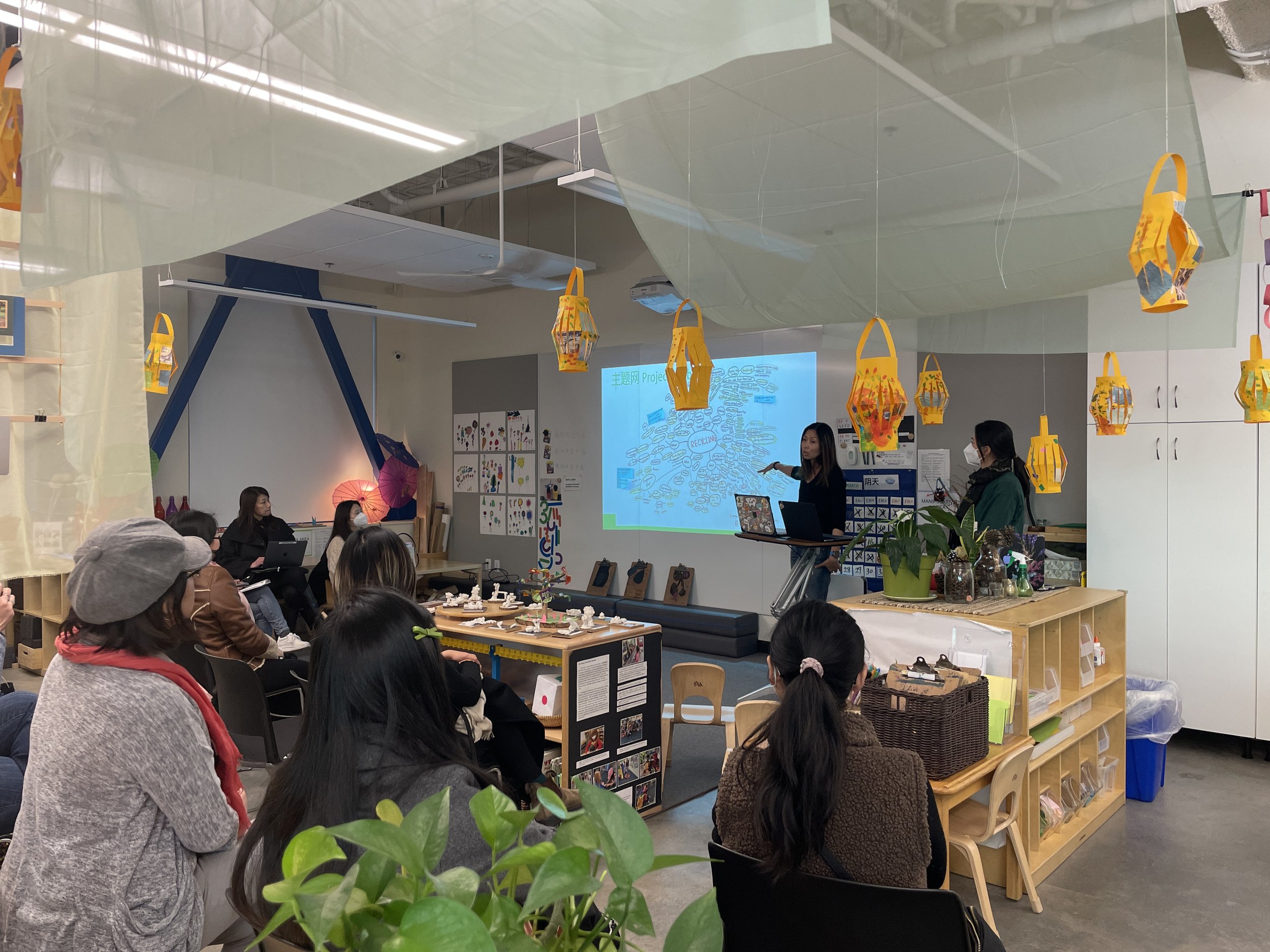PKS is a unique and special place for many reasons; for one, our project-based, progressive, bilingual curriculum places students’ needs and interests at the center of their educational experience. At the heart of our teaching is social-emotional learning (SEL), the process by which children gain the knowledge and skills to develop healthy identities, manage emotions, achieve personal and collective goals, make responsible and thoughtful decisions, show empathy, and create caring and supportive relationships. We know that kids need to feel safe and cared for in order to learn. SEL skills and practices allow students to thrive as whole, growing people, and teach them how to create spaces of inclusion, care, and belonging in their classrooms and playgrounds.
Social-emotional learning is woven into our students’ days during Morning Meetings, Closing Circles, recess, and throughout different units of exploration. Anchoring this work, and guiding all of our experiences, individual and shared, are the values of safety, kindness and respect for ourselves and others. How we turn these values into practice looks and sounds different across the grade levels. In coordination with our Wellness Team, each grade level has developed their custom SEL curriculum plan created with a developmental lens, and we have shared some highlights and photos below.
Zooming In: What SEL Looks, Sounds and Feels Like in First Grade
Our focus at the beginning of the year has been on getting to know our first graders, and together, becoming a community where we all take care of each other and help each other do our best. In order to be able to help others in this way, we need to be able to take care of and make good decisions for ourselves. This happens through self-awareness and self-regulation, one of our key SEL goals in first grade.
To help us notice and identify our feelings, states of alertness, and energy levels, we learn about the Zones of Regulation. As you learned and experienced at our Back to School Night, there are four colored Zones – Blue, Green, Yellow, and Red. Everyone experiences all of the zones at different times and in different circumstances. Being in tune with our feelings takes practice, so each morning as part of their arrival routine, students will think about and identify their color zone. As the year continues, we will continue to learn and practice self-regulation tools such as calming strategies, thinking strategies, and sensory supports, with the goals of helping ourselves and our classmates do our best in our learning and our friendships.
We also make social emotional learning connections through different subjects and classes. For example, group projects and activities in our units of exploration give us a real-world context to practice using kind, cotton ball words (vs. sandpaper words), growth mindset, flexible thinking, and problem-solving approaches based on the size of problems. During our Community unit later this year, we will practice perspective-taking and empathy as we think about different community members’ needs and experiences and think of ways to make sure everyone’s needs are met.
